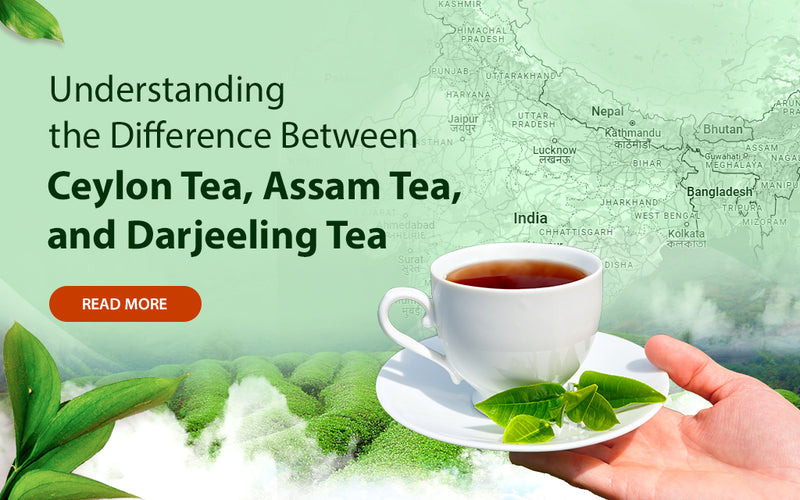Slow Traffic In Darjeeling: Understanding The Issues

Table of Contents
The Topography of Darjeeling and its Impact on Traffic Flow
Darjeeling's stunning topography, while visually captivating, presents significant challenges to traffic flow. The hilly terrain and narrow, winding roads inherently limit traffic capacity, creating a natural bottleneck. Specific sections, like the steep descent into the town center or the winding roads leading to popular tourist spots, are notorious for their slow speeds and frequent congestion. This Darjeeling traffic congestion is further exacerbated by the existing road infrastructure.
- Steep inclines and sharp bends restrict vehicle speed: Vehicles, especially larger buses and trucks, struggle to maintain speed on the steep inclines, leading to delays and traffic backups.
- Limited space for overtaking leads to bottlenecks: The narrow roads offer limited opportunities for overtaking, further hindering traffic flow and causing frustration for drivers.
- Landslides and road closures further exacerbate the problem: The mountainous region is susceptible to landslides, which can temporarily or even permanently close roads, leading to significant disruptions and increased traffic congestion in Darjeeling.
These factors contribute significantly to the overall Darjeeling traffic congestion, highlighting the need for solutions that consider the unique challenges posed by the hilly terrain and limited road infrastructure.
Increased Tourism and its Contribution to Congestion
Darjeeling's booming tourism industry is a double-edged sword. While it brings economic prosperity, the influx of tourists significantly increases the volume of vehicles on the roads. The impact is particularly pronounced during peak tourist seasons, resulting in significant Darjeeling traffic congestion.
- Peak tourist seasons witness significantly higher traffic: The months of March-May and September-November see a massive surge in tourist arrivals, leading to overcrowded roads and extended travel times.
- Increased number of private vehicles and tour buses on the roads: The sheer number of private cars, taxis, and tour buses competing for space on the already narrow roads contributes heavily to the congestion.
- Lack of adequate parking facilities contributes to on-street parking and congestion: The insufficient number of designated parking spaces forces many vehicles to park on the streets, further narrowing the already limited road space and hindering traffic flow.
This influx of tourist traffic, combined with inadequate infrastructure, makes managing Darjeeling traffic congestion a critical challenge for local authorities.
Inefficient Traffic Management and Lack of Infrastructure
The existing traffic management systems in Darjeeling are inadequate to handle the current traffic volume. Poor infrastructure further compounds the problem. A lack of comprehensive planning and investment in improved infrastructure and efficient traffic management contributes significantly to the slow traffic in Darjeeling.
- Insufficient traffic police presence: The limited number of traffic police personnel struggles to effectively manage the volume of vehicles, especially during peak hours.
- Lack of well-maintained and well-signposted roads: Poor road maintenance and inadequate signage contribute to confusion and delays.
- Inadequate public transportation options leading to reliance on private vehicles: The lack of a robust and reliable public transportation system encourages people to rely on private vehicles, exacerbating the congestion problem.
Addressing these issues of traffic management and infrastructure is crucial to improving the overall traffic flow in Darjeeling.
Potential Solutions to Alleviate Slow Traffic in Darjeeling
Improving the traffic situation in Darjeeling requires a multi-pronged approach addressing infrastructure, transportation, and traffic management. Several solutions can significantly alleviate the slow traffic in Darjeeling.
- Investing in improved public transportation systems (e.g., cable cars, better bus services): Expanding and improving public transport options can reduce reliance on private vehicles. A cable car system, for instance, could offer an efficient alternative route bypassing congested areas.
- Implementing intelligent traffic management systems: Introducing smart traffic lights, traffic monitoring systems, and better traffic management strategies can optimize traffic flow.
- Encouraging the use of carpooling and ride-sharing apps: Promoting carpooling and ride-sharing can reduce the number of vehicles on the roads.
- Developing alternative routes and bypasses: Constructing new roads and bypasses can help divert traffic away from congested areas.
- Stricter enforcement of traffic rules: Stricter enforcement of traffic regulations can improve road discipline and help maintain smoother traffic flow.
Implementing these solutions requires collaborative efforts from the government, local authorities, and the community.
Conclusion: Addressing Slow Traffic in Darjeeling – A Path Forward
Slow traffic in Darjeeling is a complex issue stemming from a combination of factors: the challenging topography, the influx of tourists, and inefficient traffic management and infrastructure. Addressing these challenges requires a comprehensive approach encompassing improved public transportation, smarter traffic management systems, alternative routes, and stricter enforcement of traffic regulations. Alleviating slow traffic in Darjeeling is not just about improving commute times; it's about enhancing the overall experience for both residents and visitors. We urge you to share your experiences and suggestions for improving the flow of traffic in Darjeeling. Collaborative efforts from the government, the tourism industry, and the local community are vital to creating a smoother and more efficient transportation system. Let's work together to find lasting solutions to Darjeeling's slow traffic problems and preserve its charm for future generations.

Featured Posts
-
 The Starmer Farage Immigration Showdown A Shift Towards Stricter Controls
May 05, 2025
The Starmer Farage Immigration Showdown A Shift Towards Stricter Controls
May 05, 2025 -
 Angelinas Bold Look Bianca Censoris Sister In A Cutout Bodysuit And Tights
May 05, 2025
Angelinas Bold Look Bianca Censoris Sister In A Cutout Bodysuit And Tights
May 05, 2025 -
 Were Fleetwood Mac The First Supergroup Examining The Rumours
May 05, 2025
Were Fleetwood Mac The First Supergroup Examining The Rumours
May 05, 2025 -
 Britains Got Talent News On Teddy Magics Rescheduled Act
May 05, 2025
Britains Got Talent News On Teddy Magics Rescheduled Act
May 05, 2025 -
 Nyc Filming Bradley Cooper Directs Will Arnett In New Photos From Is This Thing On
May 05, 2025
Nyc Filming Bradley Cooper Directs Will Arnett In New Photos From Is This Thing On
May 05, 2025
